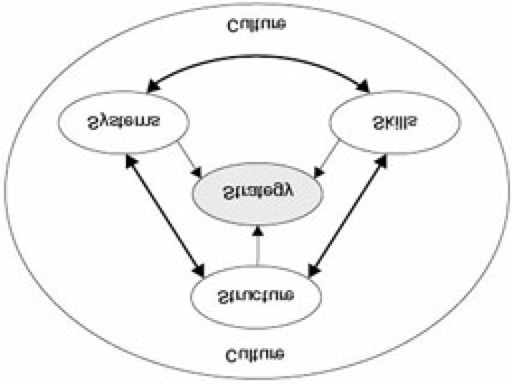The First 90 Days (37 page)
Authors: Michael Watkins
Tags: #Success in business, #Business & Economics, #Decision-Making & Problem Solving, #Management, #Leadership, #Executive ability, #Structural Adjustment, #Strategic planning


6. Create a plan for the personal development conversation. What are your strengths and where do you need improvement? What kinds of assignments or projects might help you develop skills you need?






Chapter 6: Achieve Alignment
Overview
Hannah Jaffey, a former human resources consultant, took a position as vice president of human resources at an investment services company. The organization was suffering from such intense internal conflict that some senior executives were barely on speaking terms. Hannah’s job was to support the president in making personnel changes—and to turn the situation around.
Hannah soon realized the company’s structure and incentives system needed overhauling as well. As the company had grown, senior management had organized new products into separate business units. With recent market changes, several units’ customer bases overlapped, yet the units had no incentives to cooperate. The result?
Confused customers and conflicts over which units “owned” key customer relationships.
Convinced the company needed structural realignment, Hannah approached her new boss, the president of the company. She laid out her case, but he remained convinced the people were the problem. The organizational structure had worked well in the past, he told Hannah, and with the right people in place it would work again.
But Hannah kept coming back to him on the issue. She brought to his attention situations in which incentive misalignments were unnecessarily stoking conflict. She also collected data on how other companies had organized to deal with similar issues. It took some time, but eventually Hannah convinced the president that the firm needed structural changes as well as personnel changes.
The company shifted the focus of its marketing and sales units from products to customers, and consolidated operations into a single group that supported all units. At the same time, the president brought in a new head of sales.
The realignment worked: A year later, the company was functioning smoothly, customers were much happier, and profits were up 15 percent.
The higher you climb in organizations, the more you take on the role of organizational architect, creating the context within which others can achieve superior performance. No matter how charismatic you are, you cannot hope to do much if the key elements in your unit are fundamentally out of alignment. You will feel like you are pushing a boulder uphill every day.
If strategy, structure, systems, and skills are within your purview in your new position, you need to begin to analyze the architecture of your organization and assess alignment among these key elements. You can’t hope to do much more than conduct a solid diagnosis and perhaps get started on addressing alignment issues in the first few months. But plans to assess the architecture of your group and to begin identifying areas for improvement should be included in your 90-day plan.
Armed with the resulting insights, you can begin to take actions during your transition to align strategy, structure, systems, and skills, thus making superior performance possible. Naturally, this is not something that you can complete in a few months. But it is essential that you get started on fixing the worst realignments. In fact, this may be a key way you create value and reach the breakeven point in your organization.
Even if, like Hannah Jaffey, you lack the authority to alter your new organization single-handedly, you should still read this chapter. You may need to convince influential people— your boss or your peers—that serious misalignments are a key impediment to achieving superior performance. Also, a thorough understanding of organizational alignment can help you build credibility with people higher in the organization—and demonstrate your potential for more senior positions.



